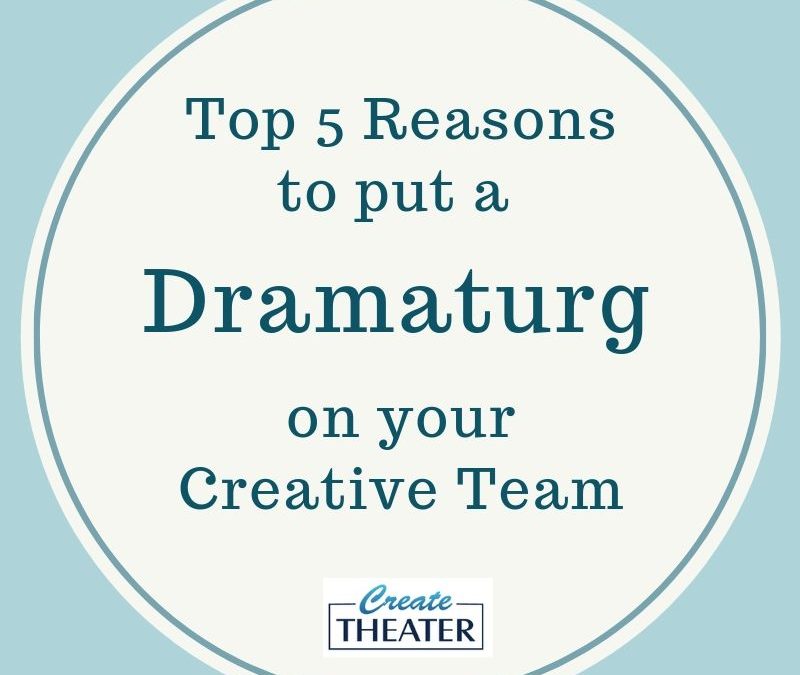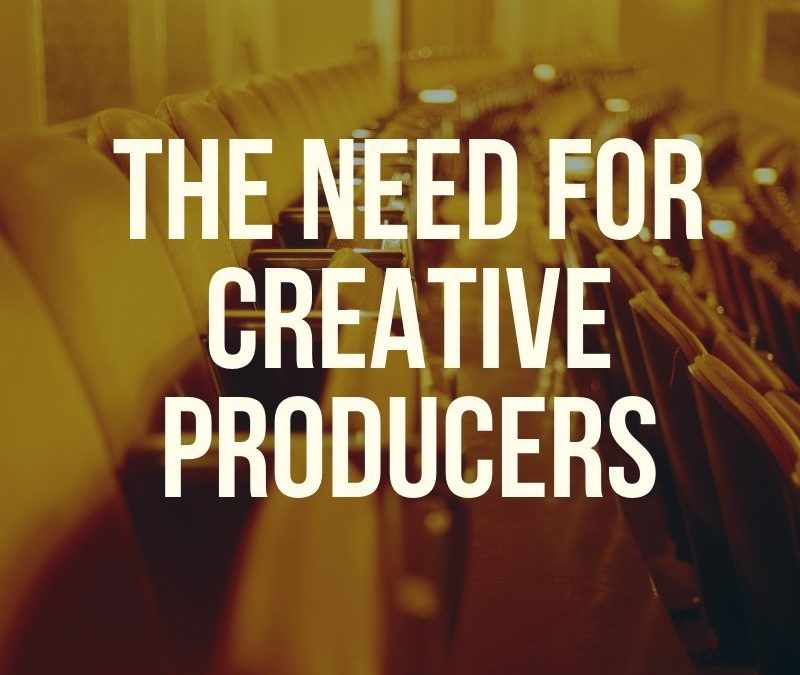
The Place for Festivals in NPD
Should I Submit to a Festival?
I’m coaching with a client this week, and we’re discussing the importance of submitting your work on a regular basis to theaters, festivals and other opportunities that are found on places such as playsubmissionshelper.com, the Dramatist’s Guild website, and on the createtheater.com newsletter.
When we sat down together to create a “best practice” routine, she balked at submitting her play to one of the festivals that I recommended.
“Oh, no,” she said. “One of my friends said to never submit to a festival until you’ve tried absolutely everything else first.”
Okay….
Well, I get it. Why should a writer self-produce a festival show when maybe someone else could produce it for you? The problem is that finding funding, especially at the beginning of your writing journey, is getting harder all the time.
Welcome to the 21st century American theater.
But I Don’t Want to Self-Produce!
“But I’m a writer, not a producer!” is the common refrain I hear. “It’s hard enough to write the play, much less learn how to produce it. I want to be the writer and let someone else be the producer.”
The reality is that unless you’re already a writer with a proven track record of produced work, no one is going to be lining up, checkbooks in hand, to help you get your work onstage. Sorry, sometimes it’s better to face the truth.
You’re going to have to be the one to jumpstart the process.
I always recommend a proactive approach first: submit, submit, submit. Build your regional portfolio of readings, workshops and residencies as much as possible, since many of these opportunities are funded by a nonprofit theater or theatre company. If your script is good and you submit the suggested 4-8 scripts each week, you’ll start to see some movement forward. But that being said, sometimes it is a long wait, and frustration sets in.
When that happens and I start to hear the frustration of, “but I’m not getting any younger,” then I believe it’s time to start considering self-producing your work in a festival.
With one caveat: to make a festival production count you need to be ready for it – otherwise, without preparation and planning, you’re setting yourself up for disappointment, more frustration, and a whole lot of money “wasted.”
The 3 Main Tasks of Self-Producing
Remember the 3 main tasks of self-producing all start with an “F”:
- Finding Your Audience
- Funding Your Project
- Filling the Seats
Finding Your Audience
Like any other producer, you have to know your show and who your audience is.
- Who is your typical audience “avatar”? What is your audience demographic? Who will absolutely love your show?
- Finish this statement: “People who love _____________ will love [name of your show”].
- What is your show about, thematically and generally? Have a very brief prepared synopsis of 3-5 sentences and then identify its genre (epic musical, dark comedy, etc.). Talk briefly about the journey the audience will take and what they’ll learn at the end.
- Do your research: what does your avatar do/believe in/desire? How will your show sync with that or reflect that?
- Have your bio ready to send, as well as the bio for anyone on your creative team
- Be prepared to share any production history thus far, with images (if available), 5 demo tracks (for a musical) and a formatted full script pdf.
- Finally, talk about your WHY:
- WHY did you write this script?
- WHY does it need to be produced now?
- WHY does an audience need to see it now?
- Have a simple webpage available as your online business card for yourself as an author or for your show. You need it available to say, “Take a look at my website.” Don’t self-produce in the 21st century without it.
- Make sure to have your “elevator pitch” committed to memory, documents saved on your phone and/or laptop, ready to talk about or present to someone at a moment’s notice.
A little reflection here goes a long way. Document your answers to the above in writing and images, ready to send out to anyone who’s interested.
Doing the work before you submit helps you feel like a professional, and creating professional-looking documents makes you look like a pro to the receivers as well.
Funding Your Project
This is where the rubber meets the road.
Know this: no one will believe in your show more than you do. You must “raise” your “child” as best you can until someone else will see what you see in your darling (your script). In order for others to see your work, you may just have to fund it yourself at the beginning, maybe with a little help from friends and family. Unfortunately, there are no guarantees in theater (or in child raising).
Once you’ve decided to go the festival route, it’s best to submit to every opportunity regardless of the expense. Even though if in the end you can’t raise the required “x” amount of money for a specific festival, it’s better to be able to say that a prestigious festival wanted your show than to have nothing to say at all. Any opportunity validates the fact that your script is well-written and sought out.
You will learn some very useful information about your show, the producing process, and yourself. You may also end up networking with other industry people who may be able to refer someone or something to you later on. Hey, you never know when fate will intervene on your behalf, so allow every path to unfold if given the opportunity.
Record every theater that had something good to say about your play, every person who said, “Sounds interesting, let me know when I can see it onstage.” These people will be your first audience and, hopefully, your first fans that will help you raise money.
Filling the Seats
This is why you’ve already done the first two tasks. You know who likes your script, and you’re prepared to invite people them to your festival show.
Failure to plan is planning to fail, especially at this point. Hopefully you have a following on social media, or a newsletter for your show. If you don’t you’ll want to establish one now.
Preparing for a festival show is exciting, so let everyone know what you’re up to and broadcast it everywhere: social media, personal emails, flyers, newsletters. You’re working to increase your audience, to allow them to buy tickets and to let industry theatre producers know that something so special is happening that they shouldn’t miss it.
Marketing is such a big part of the festival process (and all theater) it’s a shame to discuss it last. Once you decide to commit to a festival, realize that 75% of your time should be devoted to marketing and only 25% of your time to the production. Once you have a director on board your primary job will be as a producer, not a playwright. You must get people in to see your show.
This is where all of your previous preparation will show the most.
- You’ll have a website to share on social media, etc., with a logo and synopsis already prepared.
- Each day you’ll put out a new piece of content about your show,
- You’ll ask your network to “share” on their social media, too.
Enlist the help of the actors and entire team now as well, and you should get more traction.
Write up a press release about your show and submit it to the local press. Make sure to capture any publicity on your social feed and on your website.
Use Each Step to Prepare for the Next
If you use this festival step as an experience to document your show’s first production, in essence you’re already preparing for the next step for a larger production to be produced by someone else. You’re creating a path for yourself instead of waiting passively by for someone else to notice how good your show is, and to step up to the plate to produce it.
Waiting sucks. It feels so empowering to make something happen yourself.
A festival production can be a valuable, empowering experience, or a depressing exercise that “proves” how difficult theater is. It’s all in the preparation and in your dedication to doing the work.
Don’t take this step until you’re ready. But if you’re frustrated where you are and need to take action, just make sure you’re prepared ahead of time in order to make the best use of your time, talent and resources possible.
It’s all up to you. Good luck!






